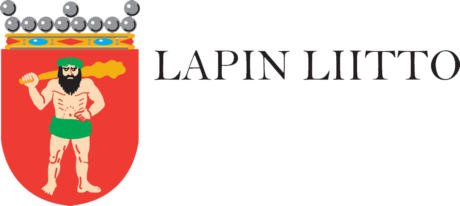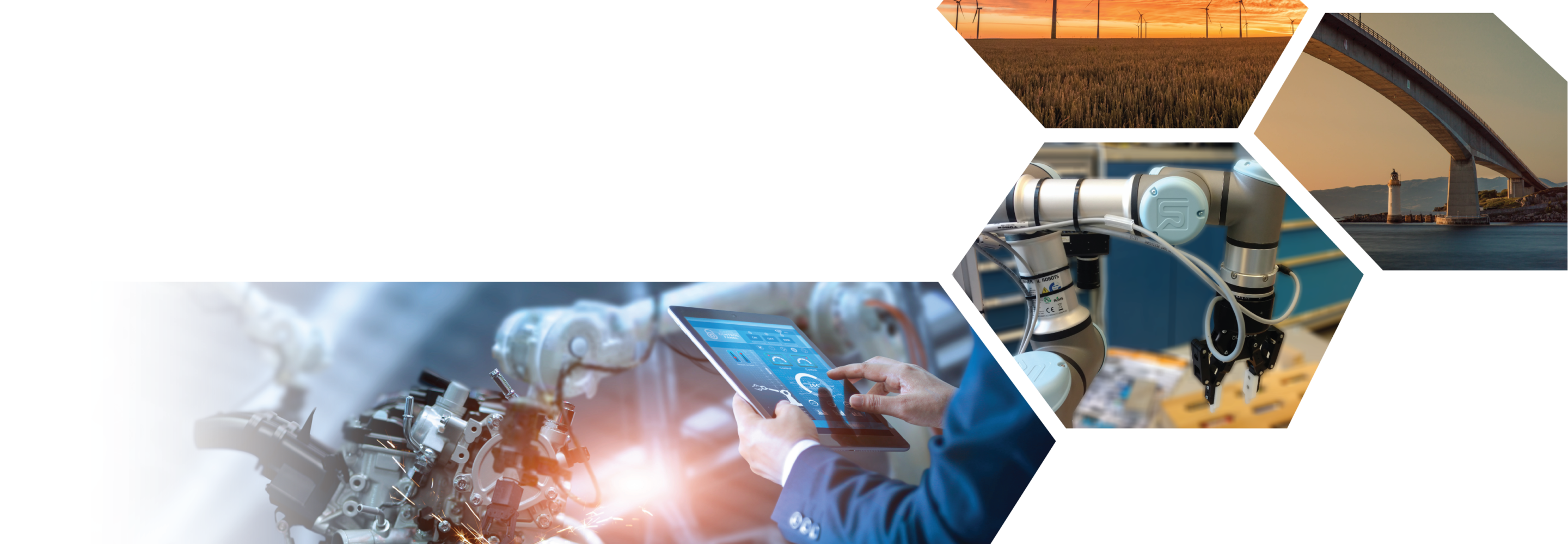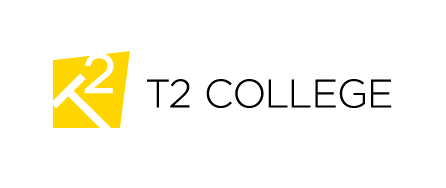



RoboSol
Collaborative Robotic Solutions for development of sustainable micro, SME and large scale industries
Branch: Production technology
Duration: 1.9.2019 – 30.9.2022
Region: International
Financed by: Interreg Nord
Lapin Liitto
Project Manager: Jouni Vähäsöyrinki
RoboSol project aims to increase the international competitiveness and capacity of the companies in Interreg Nord area, as well as to equalise the work market with such solutions of sustainable development asdigitalisation, new generation robotics and intelligent automation.
It is essential to find new ways of approach and implementation of robot, automation and human, to demonstrate their benefits and to produce a new type of added value for the companies’ value chains, as well as borderless research, development and innovation functions.
The process
Technology transfer concept is divided into following sections: development need mapping, demonstration target selection, demonstration implementation design, implementation, and results. From the company perspective, the process is simple: experienced experts will conduct an evaluation of the possible bottlenecks in the workplace and explore the possibilities that robotics could offer. This followed by a demonstration or simulation to walk the company’s personnel through the application of robotics.
The process is divided in five phases:

1. Becoming acquainted with the company’s needs
Experts will meet with key personnel from the company and investigate the current production process and identify problem points and bottlenecks that could be eased with robotics.
For example, in the food industry there are plenty of labor-intensive stages of work, such as box formation, filling, and pallet transfer. This process might employ three workers and is also a bottleneck in production that could be automated with collaborative robotics.
2. Development challenge and demonstration preparation
In the second phase, a simulation or a demonstration plan will be developed. Specialists analyze the current processes and identify points that have the greatest potential for improvement. Based on the evaluation of needs, a demonstration definition is produced, and a demonstration is prepared and tested at the laboratory.
3. Piloting and demonstrations

In the third phase, the hardware is taken to the company’s premises, where the robot is installed as a part of the production process. The specialists will place the mobile robots on the production line in the actual production process. In this phase, the company personnel are strongly involved so that they will learn first-hand about the programming and utilization of these technologies.
4. Simulations and modeling the benefits of technology
In cases where it is not possible to implement an onsite demonstration, a simulation model is developed to illustrate the functionality of the solution.
In the food industry case, Centria demonstrated a robotized packaging cell solution using a simulation model. The simulations can accurately calculate the robot cell capacity and production turnaround times. The simulation can also be used to demonstrate the work processes of alternative solutions.

5. Reporting the results
Finally, the demonstration is reported to help the company in finding the right technological applications and robots to improve their functions. Companies can take advantage of the simulation in planning and evaluating investments needs.
Centria Research and Development (FI)

Technical University of Luleå, LTU (SE)

T2 College (SE)
